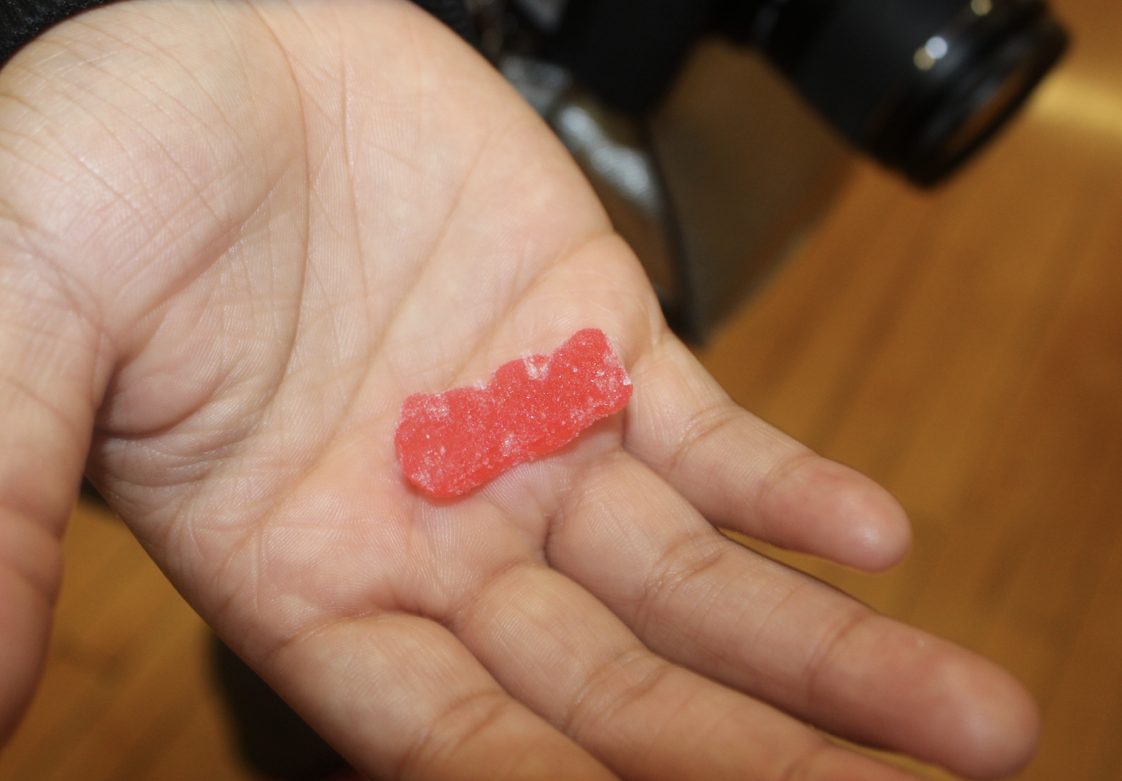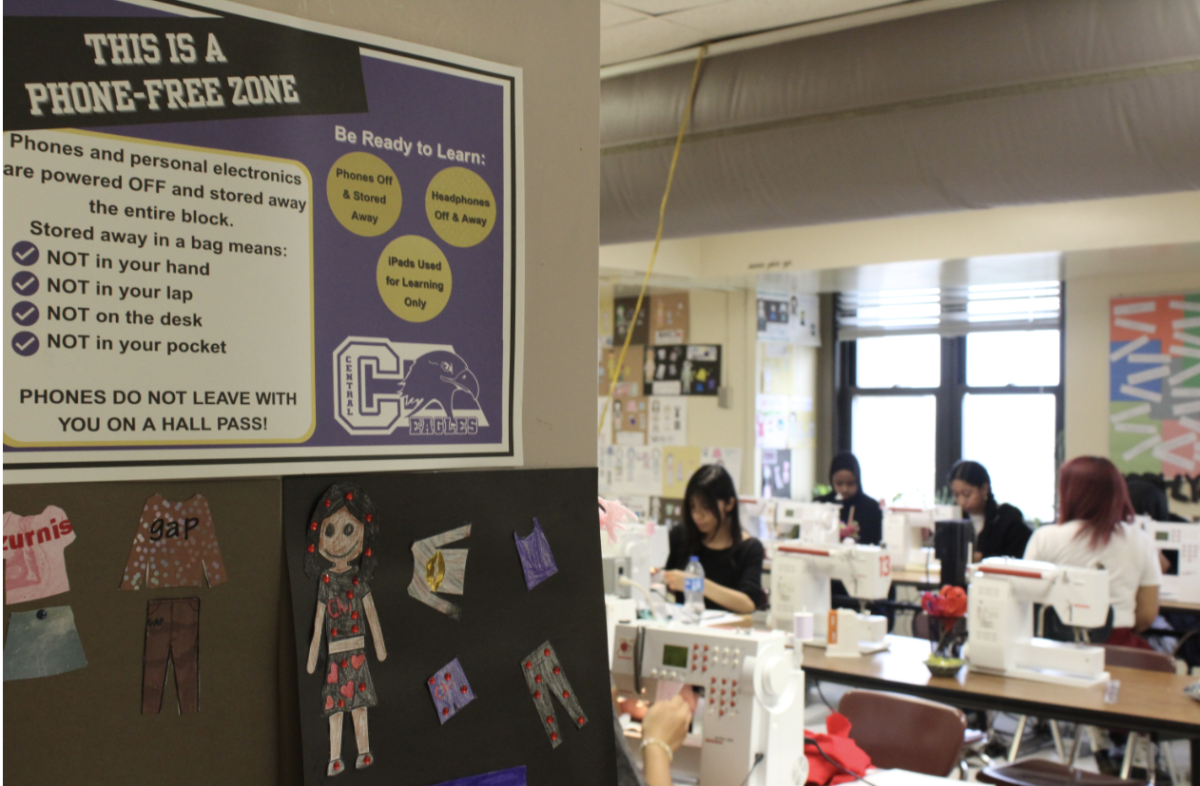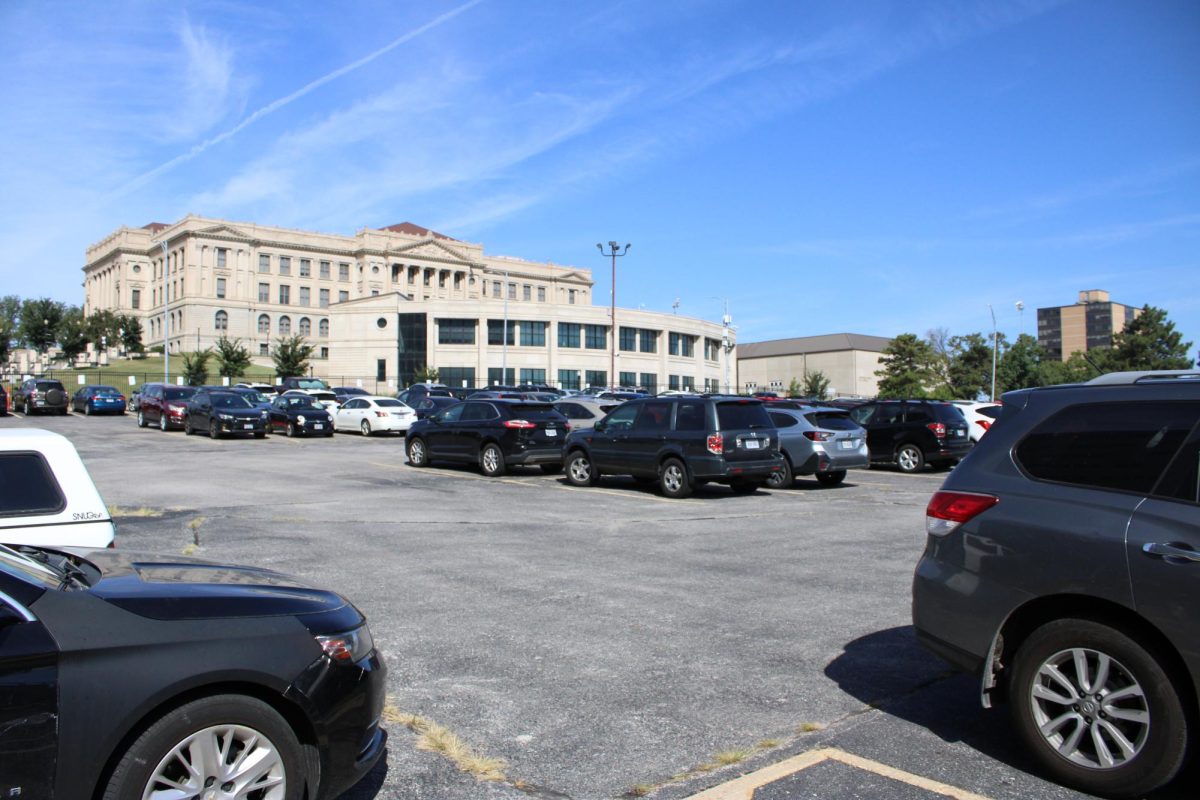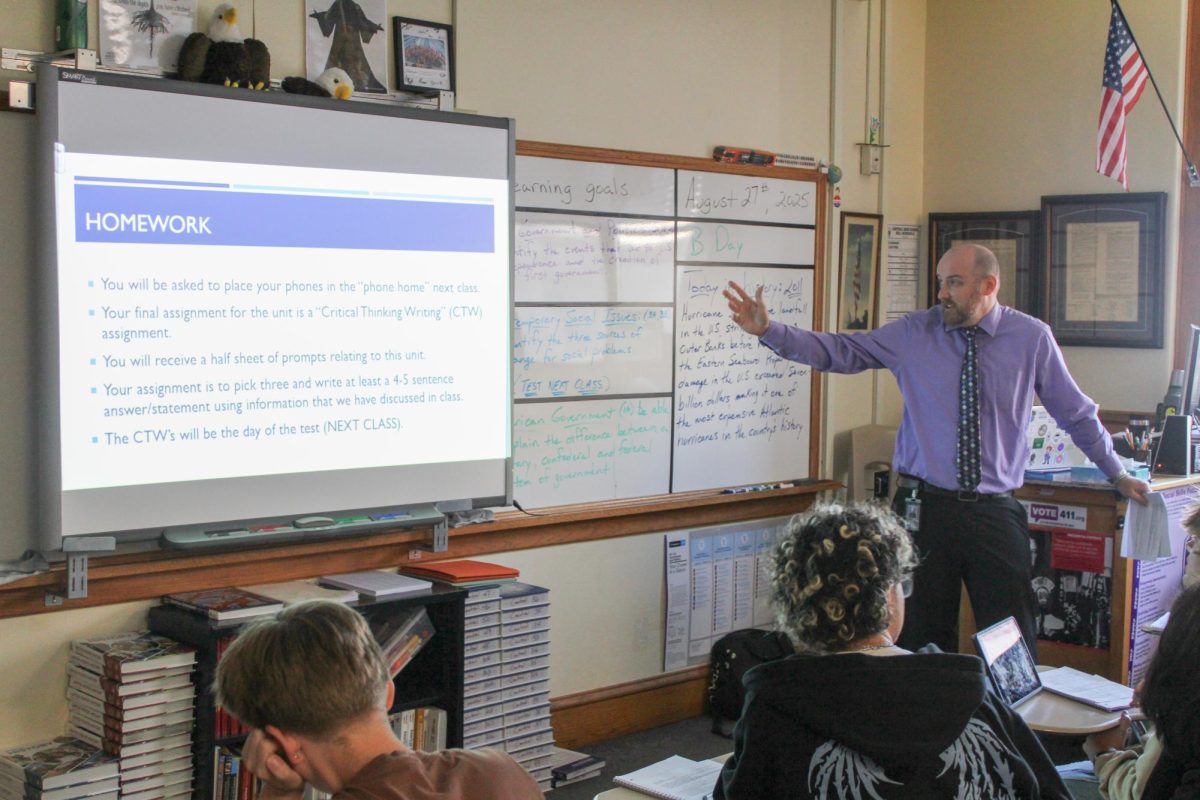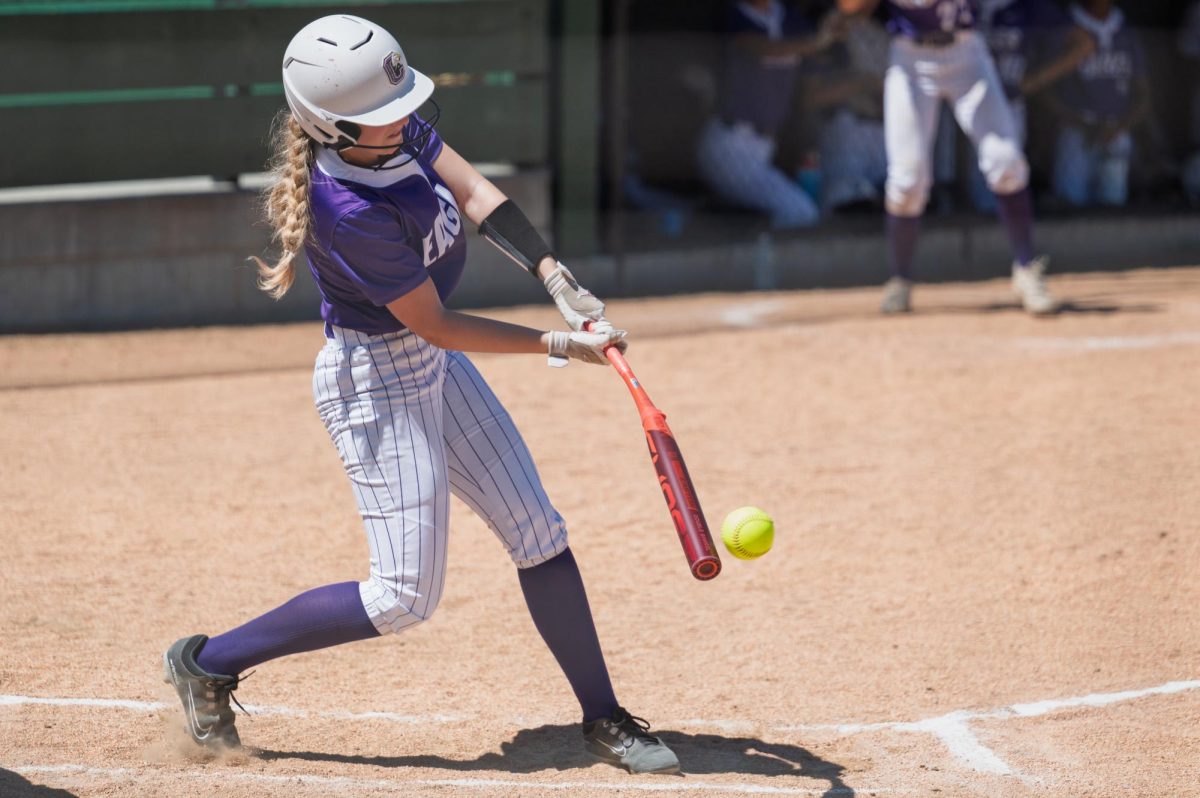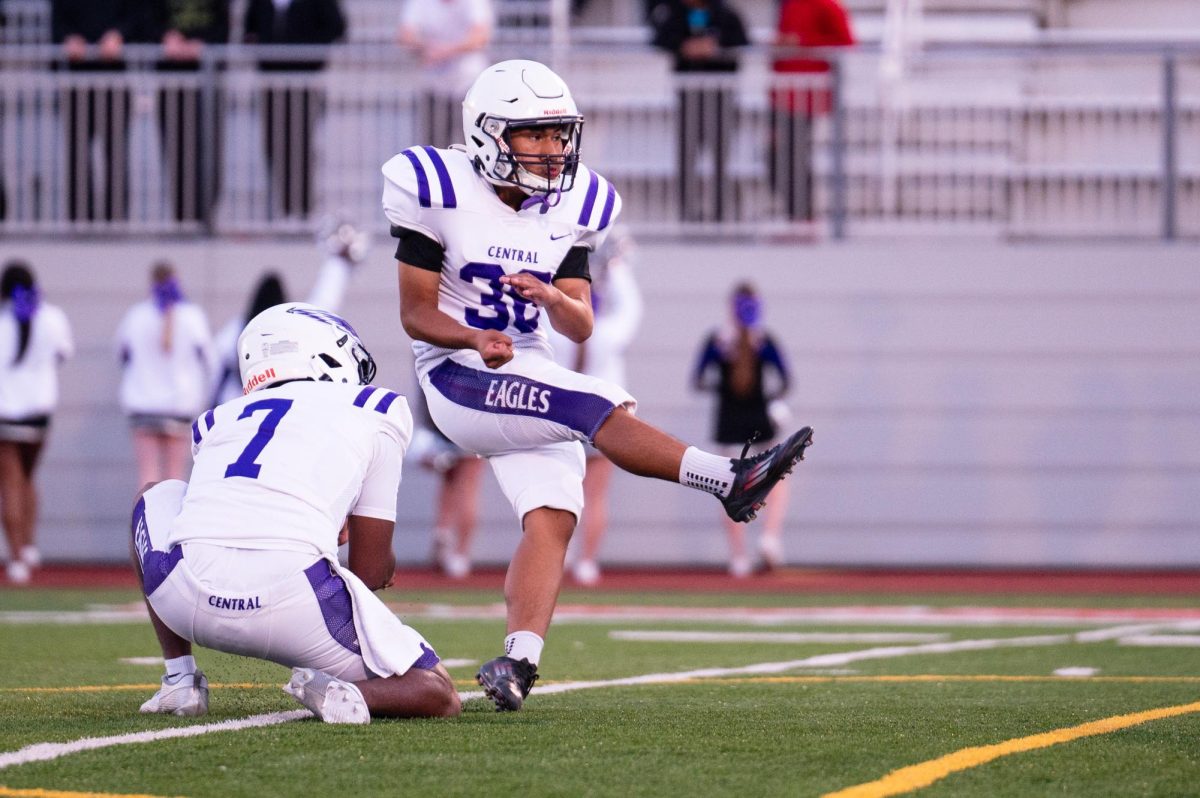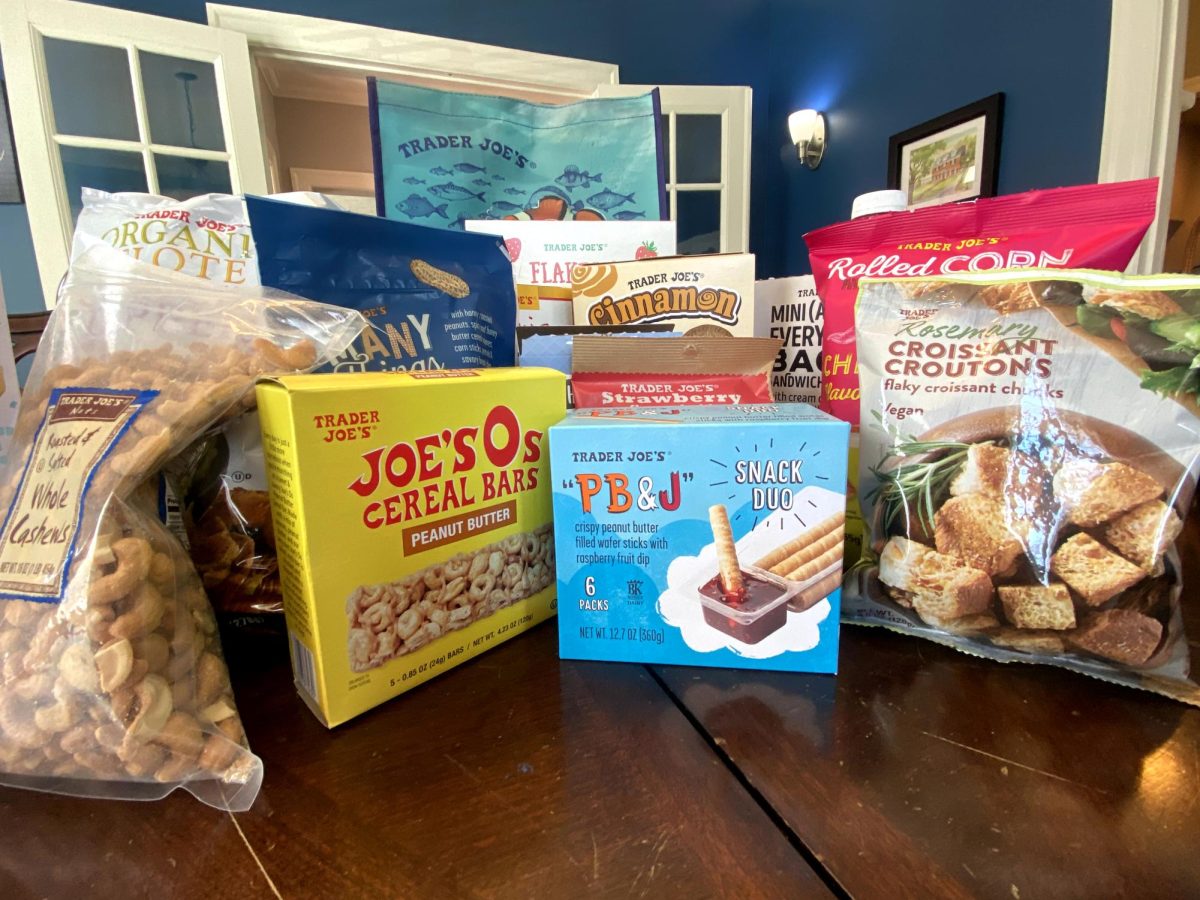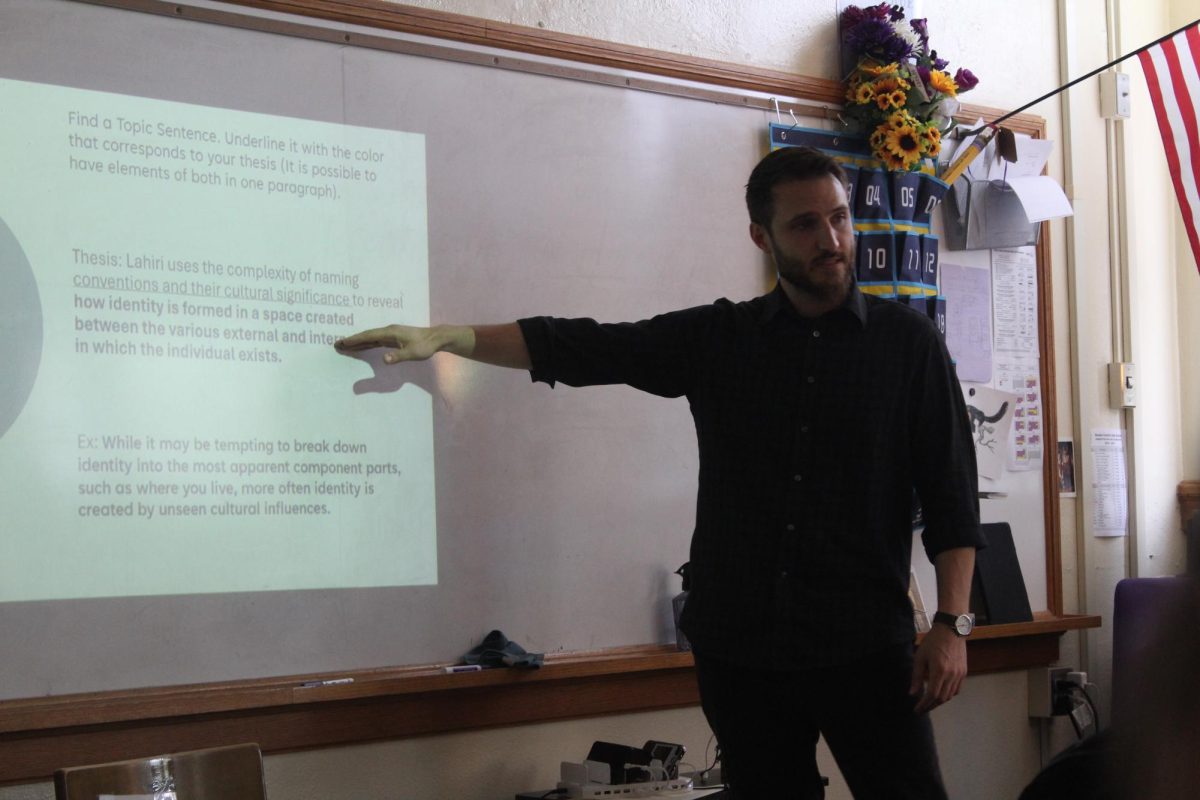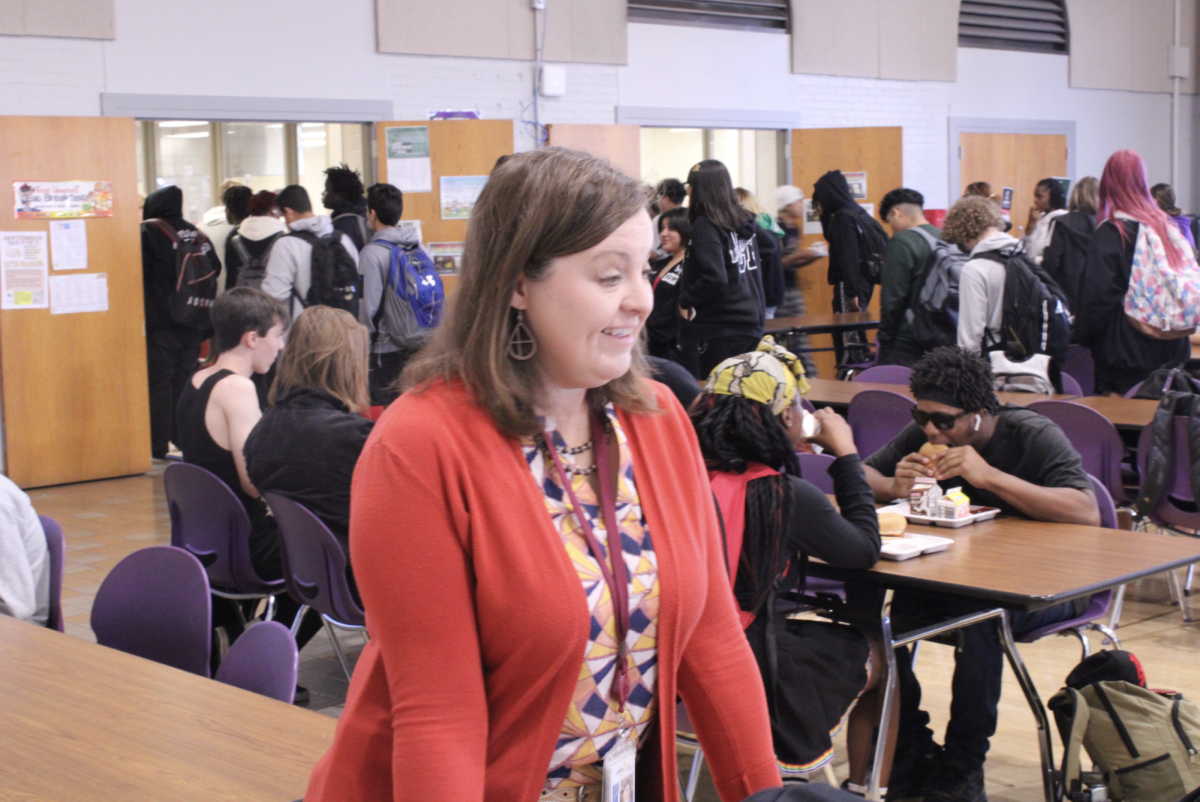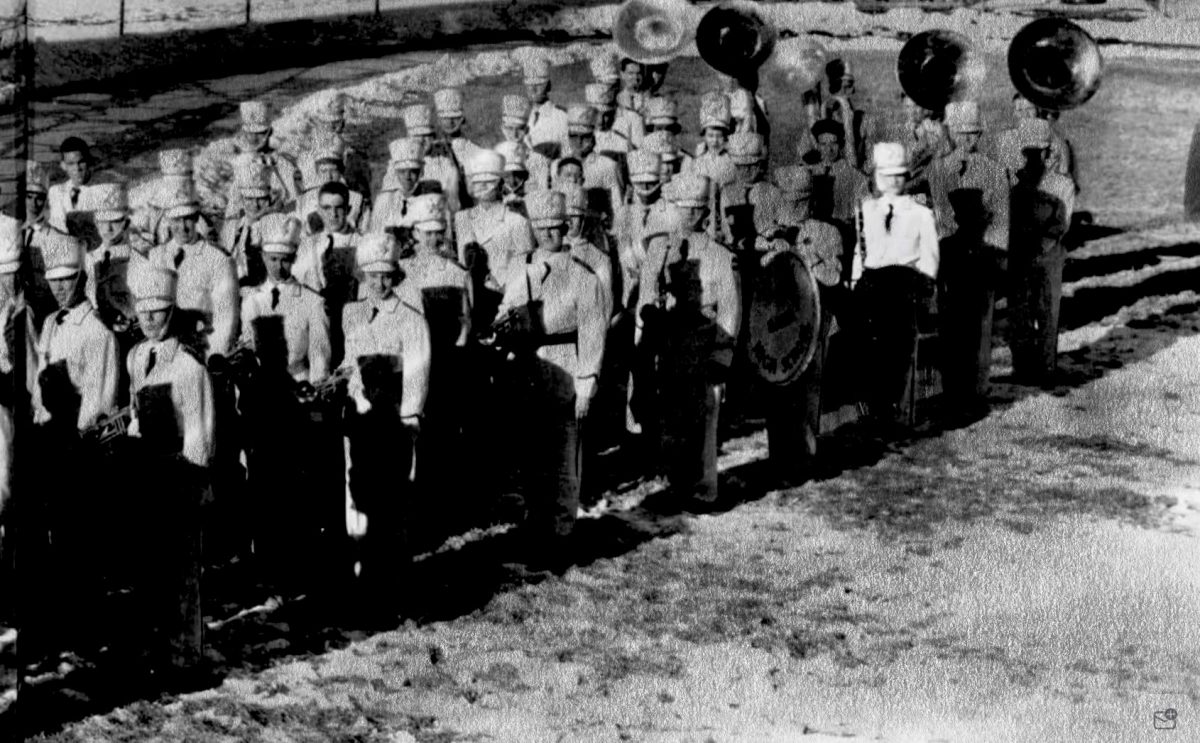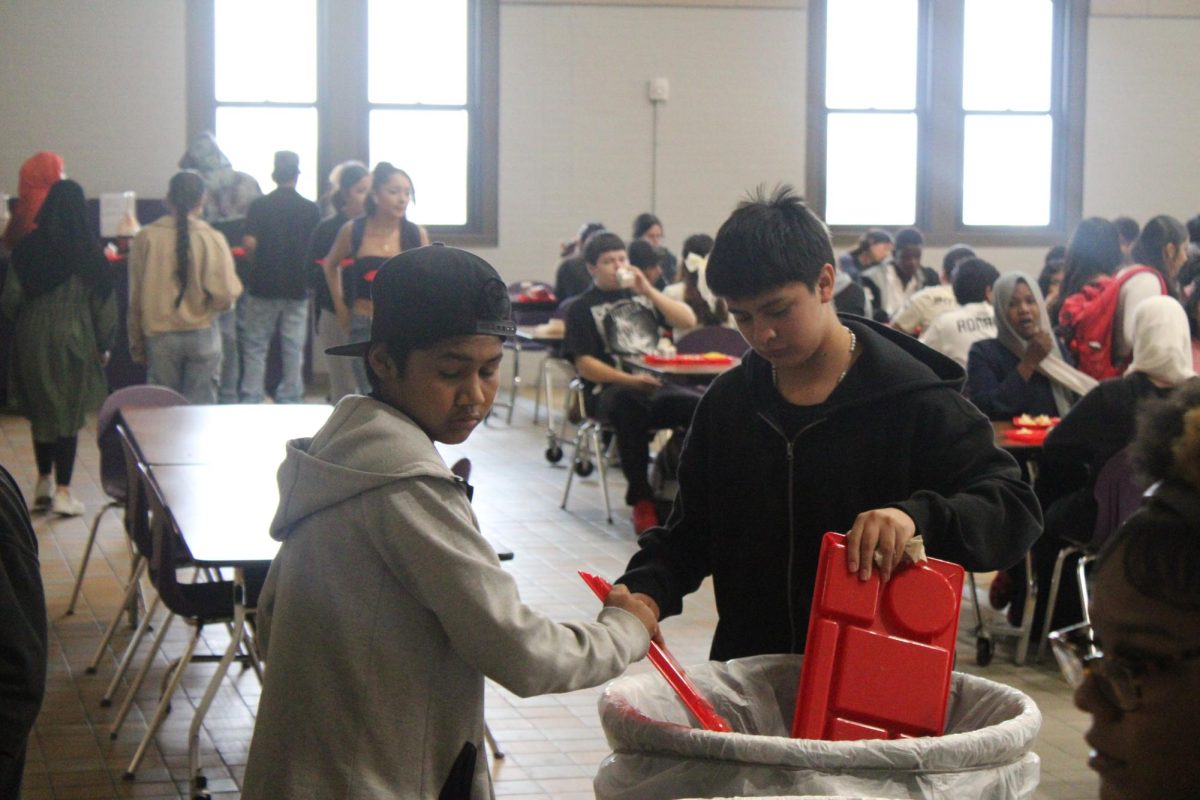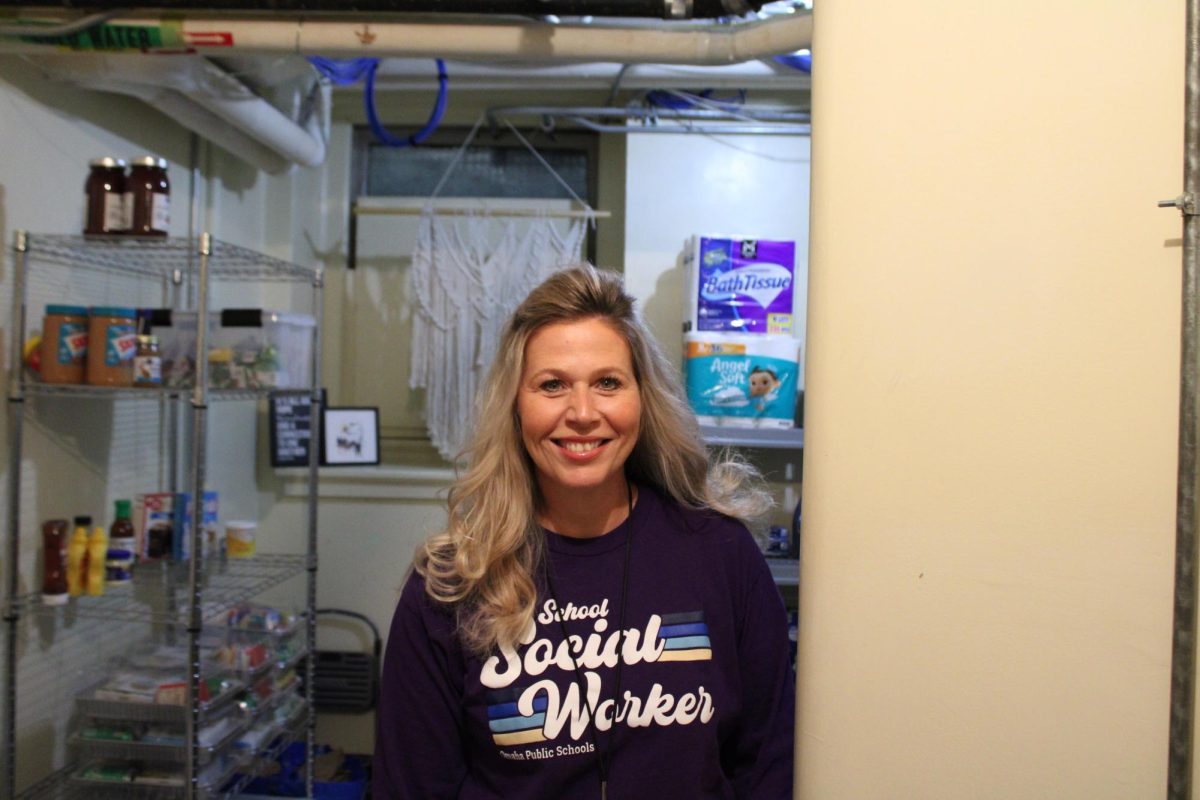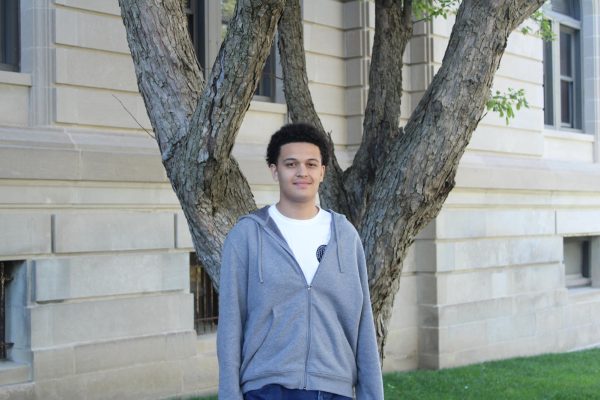Central’s cafeteria has switched from paper trays and plastic utensils to red plastic trays and metal silverware.
This change is exclusively in the cafeteria.
Crystal Warren has worked in nutrition services at Central since 2018. In an interview, she mentioned that during COVID, paper trays were used due to Central being short-staffed and not having enough people to clean the plastic ones. Nutrition services decided to go back to the red trays recently.
Central’s kitchen has increased the number of staff, allowing for this change to take place. Warren said the change takes some time to get accustomed to.
“We have to have more people in the dish room to get them ready during each lunch period,” she said.
According to Diane Allen, English teacher at Central, the red trays were used at Central before COVID. Warren said when the plan was announced to use them once more, kitchen staff only had to uncover them in storage closets.
Warren believes this change is good for sustainability.
“It saves on trash, and the buying of the [paper] trays too,” she said.
As of now, they do not have any plans to do more for sustainability.
Hezekiah Stratford, a junior who eats in the cafeteria, said he finds he must wait longer in line with the new implementation. Since the trays are bigger, the nutrition staff can only prepare so many at once, so what used to be a “five-to-seven-minute wait is now a seven-to-ten-minute wait in the lunch line,” Stratford said.
Not only do the bigger trays take longer to serve, but it also makes the proportions look sad to Stratford.
“The issue for me with the trays is that they’re too big, [so] the proportions of the plates to the food don’t match,” he said. “It makes the food look depressing.”
After eating, students must separate their utensils from their trays, put the utensils in a bucket of water and clear out their trays in the trash before setting them in a pile.
“A lot of people wait towards the end of lunch to throw their tray away, so it causes a line to start backing up,” Stratford said, but he finds an easy fix to this problem is going before the last minutes of lunch.
In terms of sustainability, Stratford finds this change promising yet believes Central should do more.
“I think it’s a good step, but considering we’re a school of 2,000 something kids, we’ll have to do more than just alter the lunch.”
Nutrition services was not affiliated with the compost separation plan that took place in the Courtyard and Cafeteria last year, but Stratford said it reminded him of the new Cafeteria process.



